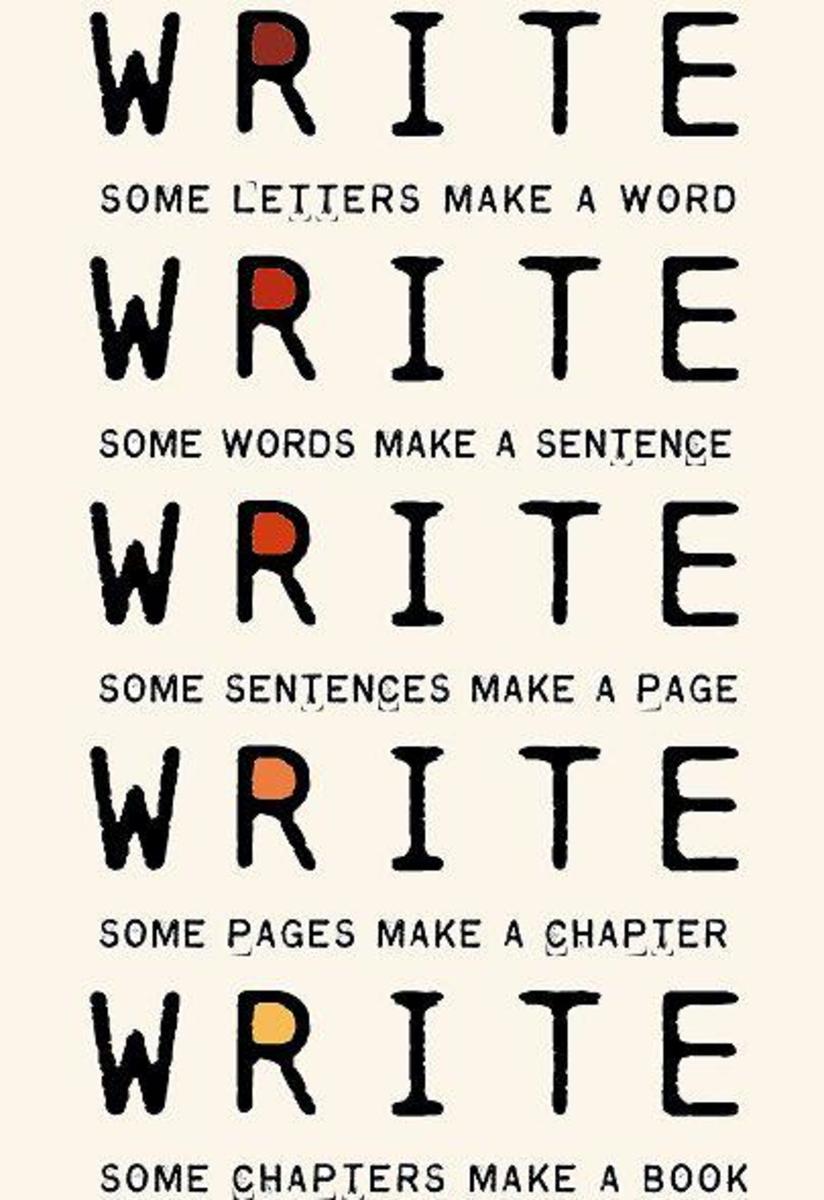How to Write a Subplot
First, a Definition
I’m going to borrow from Wikipedia for a definition of a subplot:
“In fiction, a subplot is a secondary strand of the plot that is a supporting side story for any story or the main plot. Subplots may connect to main plots, in either time and place or in thematic significance. Subplots often involve supporting characters, those besides the protagonist or antagonist.
Subplots are distinguished from the main plot by taking up less of the action, having fewer significant events occur, with less impact on the 'world' of the work, and occurring to less important characters.”
Think of subplots this way: in real life, none of us lives in isolation. Our lives intersect with others. Our lives overlap with others. Some of the connecting tissues of our lives have very little effect on the overall picture of our development. Some have a great effect.
In a novel, the subplots connect to the main plot, and add structure to it.

How to Write a Successful Subplot
We begin with the characters. Not all characters in a novel will provide a subplot, but some demand it.
In my recently released novel, Resurrecting Tobias, the main story is obviously about Tobias King, but throughout the book there are subplots about his best friend, Pete, and his lover, Maria, and those subplots add depth to the central story….or at least I hope they do.
So develop your characters first. Decide which of those characters demand that time be spent on them, and how can their subplot add to the main plot? Usually, those characters who are in the main character’s life are the first to look to for a subplot: family, lovers, friends, etc.
There is inherent difficulty when you choose a character for a subplot who has no apparent connection to the main character. It can be done, but it is difficult. I have read some sprawling spy novels in which characters are introduced early on who seem to have no connection at all to the main story or the main protagonist, and it is extremely confusing.

While We Are Discussing Confusion
Beware of having too many subplots. Some authors can pull it off beautifully, but most fail miserably.
So, how many subplots is a good number? In most novels, two or three is sufficient. Any more than that and you risk muddying the waters. You also risk destroying the focus of your readers and scattering sympathy in too many directions. Remember that your readers want to be entertained. They do not want to be confused.
More Requirements of a Successful Subplot
Any subplot must affect, in some way, the outcome of the main plot. Otherwise it is just useless fluff that has no business being in the novel.
Related to that point is the fact that a successful subplot must never distract from the main plot. As a writer you must never lose sight of the main goal, the story itself. I don’t care if you are writing a 200-page novella or a 1,200-page epic, telling a cohesive story must be the primary goal, and the subplot must aid in that cohesiveness.
Similarly, subplots must amplify themes and not just be random musings. They must be supportive and not unconnected.
Do All Novels Need Subplots?
No! There are many examples of successful novels that do not have subplots. They may have several points of view, but only one main plot…but…it is a rare author who can accomplish this task.

Use This Checklist When Writing a Subplot
The next time you feel an overwhelming need to write a subplot, make sure it meets the following criteria.
Connection: the subplot must connect back to the main plot and intersect with it throughout the story.
A Reason: there must be a reason for your subplot, and that reason must make sense within the main story.
Simultaneous: the subplot must be happening at the same time as the main plot.
Character-related: almost all subplots introduce secondary characters.
Revealing: subplots should reveal characteristics about the main characters.
Fully-developed: every subplot should have a beginning, a middle, and an end (resolution).
Final Effect: all subplots must affect the resolution of the main plot.
Join me on my writing blog
- William Holland | Helping Writers to Spread Their Wings and Fly
Tips and discussions about the art of writing
And That’s All There Is to It
I’m joking, of course.
Writing good subplots is not easy. In fact, it is downright difficult. However, they can add so much to your novel if you are successful in adding them.
I have found, from personal experience, that subplots are easier to write as we develop our skills as writers. We cannot expect to masterfully craft a coherent and entertaining novel our first time out, but we can expect to learn as we progress…in fact, we should insist upon it.
2014 William D. Holland (aka billybuc)
“Helping writers to spread their wings and fly.”









